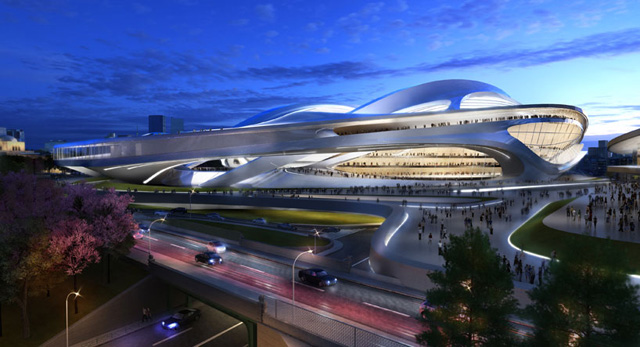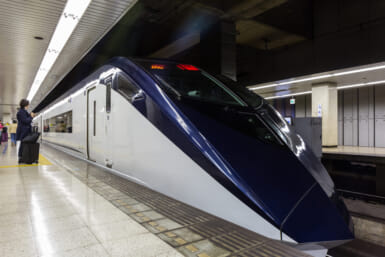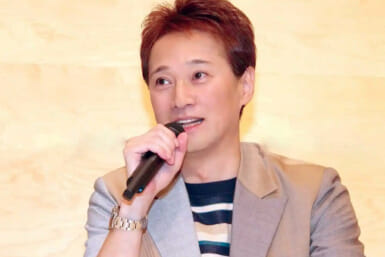The proposed state-of-the-art Olympic Stadium by London-based architect Zaha Hadid continues turning heads in Japan, apparently for all the wrong reasons.
Towering over Tokyo at 70 meters high, the new stadium features a retractable roof and could seat 80,000 spectators. But its sheer size and cost—construction could cost as much as 409 billion yen ($5.1 billion)—has made the centerpiece unpopular among Japan’s most renowned architects.
The monstrosity, as award-winning Japanese architect Fumihiko Maki puts it, would dwarf other buildings in a “baroque” area of central Tokyo.
“I don’t criticize the design so much, instead my criticism goes to the program, why such a huge gymnasium is necessary,” Maki, who leads a group of prominent Japanese architects opposing the plan, told the Foreign Correspondent’s Club of Japan in Tokyo on Tuesday.
“I was astounded by the size of the stadium,” Maki said during the news conference. “There aren’t that many places you can find in Tokyo with such greenery. And suddenly building this great building might be questionable,” he said.
Maki said the stadium is too big for the planned 11-hectare site in the historic Jingu Gaien area, near the Shinjuku Gyoen and Yoyogi parks.
“I must say this huge monster can be compared to the last dinosaur on earth when you look around.”
The Japan Sports Council bowed to criticism and announced late last year it will reduce the size of the proposed stadium by one-quarter to 220,000 square meters from 290,000 square meters.
But the downsizing has little effect, Maki said and compared it to China’s “Bird’s Nest,” the centerpiece of the 2008 Beijing Olympics, which has been deserted since the Games.
“The big question is after the Olympics. It’s a bigger problem, as you see from the fate of the Beijing stadium. The building’s maintenance cost becomes more expensive as time goes by,” Maki said.
By Maesie Bertumen
Image: designboom.com









